Before you toss out last night’s leftovers, you might want to think twice. Food waste is one of the biggest contributors to climate change—in fact, if we were to measure global food waste as a country, Canada would rank third on the list of the world’s worst offenders when it comes to emissions.
If you’re hoping to live a more sustainable lifestyle, one of the best places to start is in the kitchen. Any steps you can take to keep food from ending up in a landfill will help you reduce your overall footprint and help the planet.
There are plenty of easy hacks you can try to organize your kitchen to minimize food waste. Try one (or all!) of these kitchen, pantry and fridge organization hacks to prevent food waste at home.
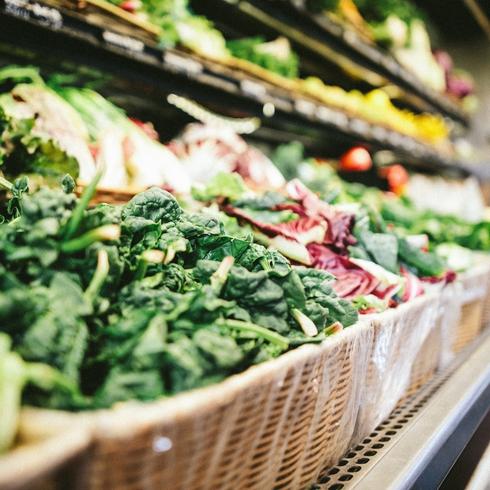
Keep Produce in Crisper Drawers
We’ve all been there: our intentions to use that spinach before its best before date were so pure, but before you know it, it’s wilted and simply inedible. To keep fresh produce like spinach, lettuce, celery and other veggies fresh for as long as possible, make sure you keep them in your fridge’s crisper drawers instead of out in the open on the shelves.

Remember the Door is the Warmest Part of the Fridge
Another key element of effective fridge organization is knowing which parts of your fridge are the coldest, and which are the warmest. For example, the door of the fridge tends to be the warmest spot, so you’ll want to avoid keeping things like milk, cheese, meats and even eggs there (although some fridges have designated egg trays on the door, it’s actually not the best place to store them).

Make Sure Your Fridge is the Right Temperature
To ensure your food stays fresh for as long as possible, you’ll want to double check that your fridge is set at the right temperature for food storage. The USDA says fridges should be kept at a temperature of 40°F (about 4°C) or below throughout the unit—use a fridge thermometer like this one from Amazon to check your fridge’s temperature regularly.
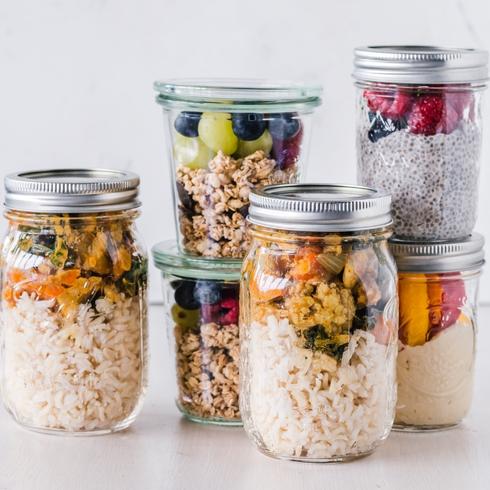
Take Inventory Regularly
The best way to prevent creating extra food waste is to avoid buying more food than you need in the first place. To avoid doubling up on groceries, first clean out your fridge and pantry regularly and take stock of the items you already have. From there, you’ll be in a better place to know exactly what you need and what you don’t (this can be especially useful when it comes to pantry staples that don’t tend to go bad—we’ll bet you already have baking soda somewhere in your cupboard).
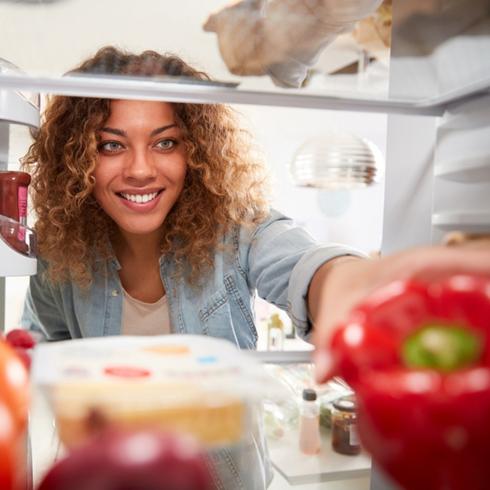
Look Out For Humidity Levels
In addition to your fridge’s temperature, you should be paying attention to the humidity levels in different parts of your fridge by adjusting the vents located in the unit’s compartments. For example, the crisper drawer holding vegetables like leafy greens, cucumbers, or anything else that has a tendency to wilt should have higher humidity levels (i.e., less air flow), while the drawer containing foods that are more likely to rot, like fruit, should have lower humidity levels.

Freeze-Dry Your Food
Keeping food in the freezer is a great way to prevent food waste. But did you know that you can get all the same benefits as freezing your food without losing out on the original size, shape, colour, flavour or nutrient value by freeze-drying your foods? To try this at home with foods like fruit, veggies, meat and eggs, you can use freezer-safe bags, dry ice, or a fancy freeze dryer machine.

Follow FIFO
By following the FIFO method, meaning “first in, first out,” you’ll avoid relegating older items to the back of the fridge—which we all know is where leftovers go to die. Next time you add a new item to your fridge, store it in the back and bring the older items out towards the front to ensure they get eaten first.
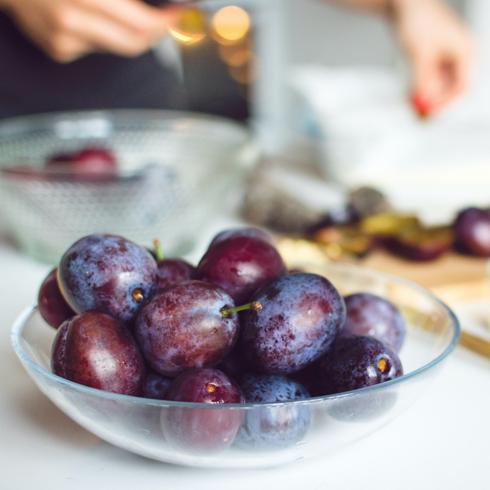
Keep Fruit Out Where You Can See It
When it comes to fruit, try keeping it out in the open in a decorative fruit bowl to encourage people to snack on it before it goes bad. For some fruits like berries and grapes, it’s best to keep them in the fridge until they’re ripe and ready to be eaten. However, some fruits like avocados, tomatoes and apples typically don’t need to be refrigerated at all.
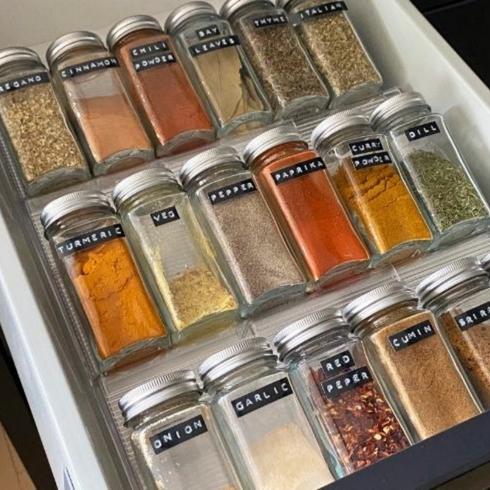
Make Use of Labels
If you tend to forget how long certain foods have been in the fridge and end up chucking them early to stay on the safe side, then you might benefit from a label maker or creating your own makeshift labels using tape and a marker. That way, you can label each container with the name of the food or dish, as well as the date it was added to the fridge so you have a better sense of how long you have before it expires. Labelling spices and organizing them accordingly can also help you see what you have in stock. Feeling inspired? Follow this step-by-step guide on how to organize your spice drawer.

Store Herbs Properly
Herbs like parsley, cilantro, mint or basil can be quick to go bad if you’re not careful. To maintain their freshness for longer, prevent food waste by storing them in water using mason jars or other glass containers. Another eco-friendly idea? Try growing these easy herbs indoors throughout the year.
HGTV your inbox.
By clicking "SIGN UP” you agree to receive emails from HGTV and accept Corus' Terms of Use and Corus' Privacy Policy.




